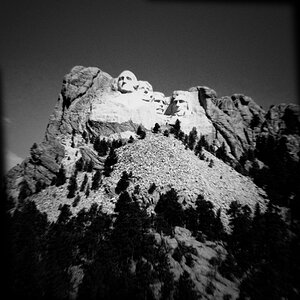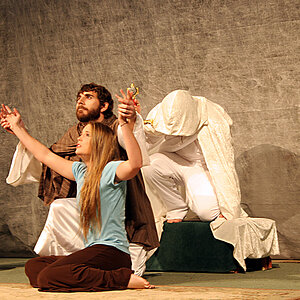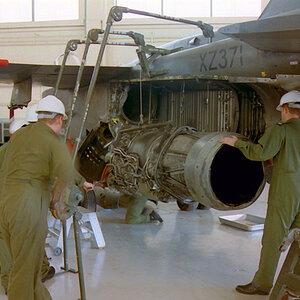melanie.c
TPF Noob!
- Joined
- Oct 6, 2012
- Messages
- 8
- Reaction score
- 0
- Can others edit my Photos
- Photos NOT OK to edit
I have a Canon EOS 550D with EF 18-55 mm and I want a new lense.
Of what think you of Canon EF 55-250 mm ? Advantages ? Inconveniences ? etc...
PS: Sorry for my English, I'm French ^^
Of what think you of Canon EF 55-250 mm ? Advantages ? Inconveniences ? etc...

PS: Sorry for my English, I'm French ^^


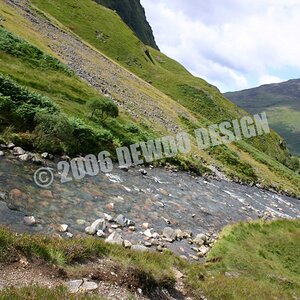
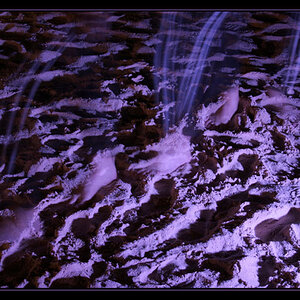
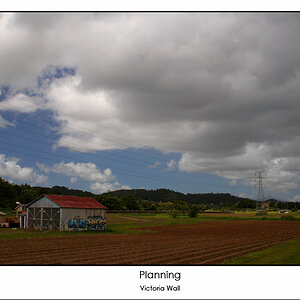

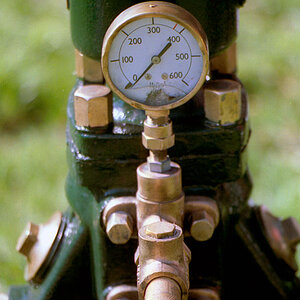
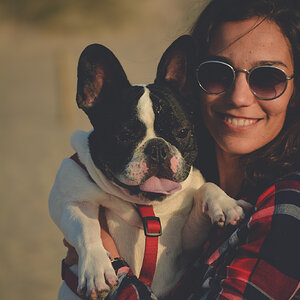
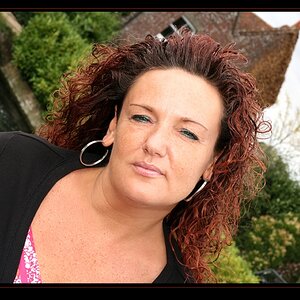
![[No title]](/data/xfmg/thumbnail/36/36966-71220579619c9a335442302fce0e57aa.jpg?1619737842)

